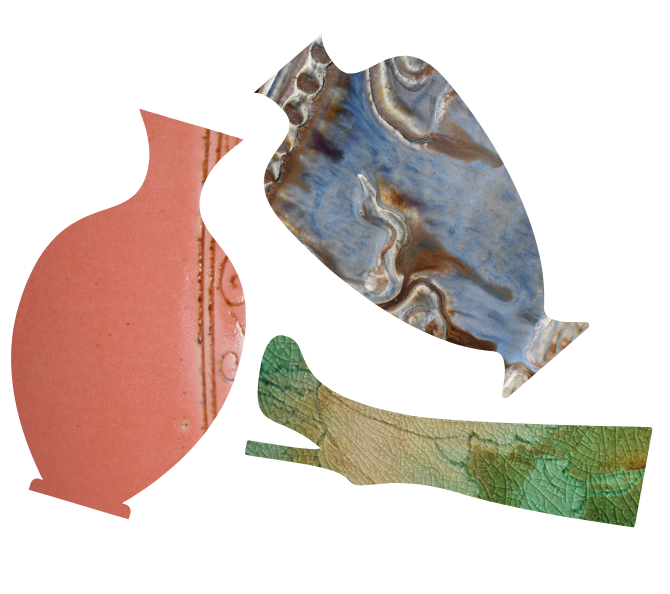“Hè về thanh mát xôi vò
Đông sang thơm thảo chè kho dẻo bùi”
These two lines of poetry came to me on a whim during one of my visits to the late Vũ Thắng’s museum in Bát Tràng, when I had the chance to enjoy the prized delicacies of the locals. The summer feasts of Bát Tràng cannot be without the pure, unadulterated fragrant breeze of Xôi Vó (Sticky rice cooked with split peas). Likewise, winters are best spent with loved ones sharing the nutty taste of supple Chè Kho (Bát Tràng’s mung bean pudding).
Surely there will be people perplexed by my topic of choice. Why write about some dessert rather than a true staple of Bát Tràng like Canh Măng Mực (dried squid soup with dried bamboo shoots) or Su Hào Xào Mực (stir-fried kohlrabi with dried squid) ? Well, I believe that question is best saved for another time. On every New Year’s Eve, as the weather gets chilly, this dish is a favored addition to the families of Bát Tràng’s dining table.

Chè Kho has always been a classic delicacy of Northern Vietnam. However, when it became an essential part of Bát Tràng’s early winter feasts and when it was adapted to suit the residents’ tastes, no one really knows. Regardless, as much of a side dish as it may be, Chè Kho takes just as much effort to prepare as any other main course cuisine.

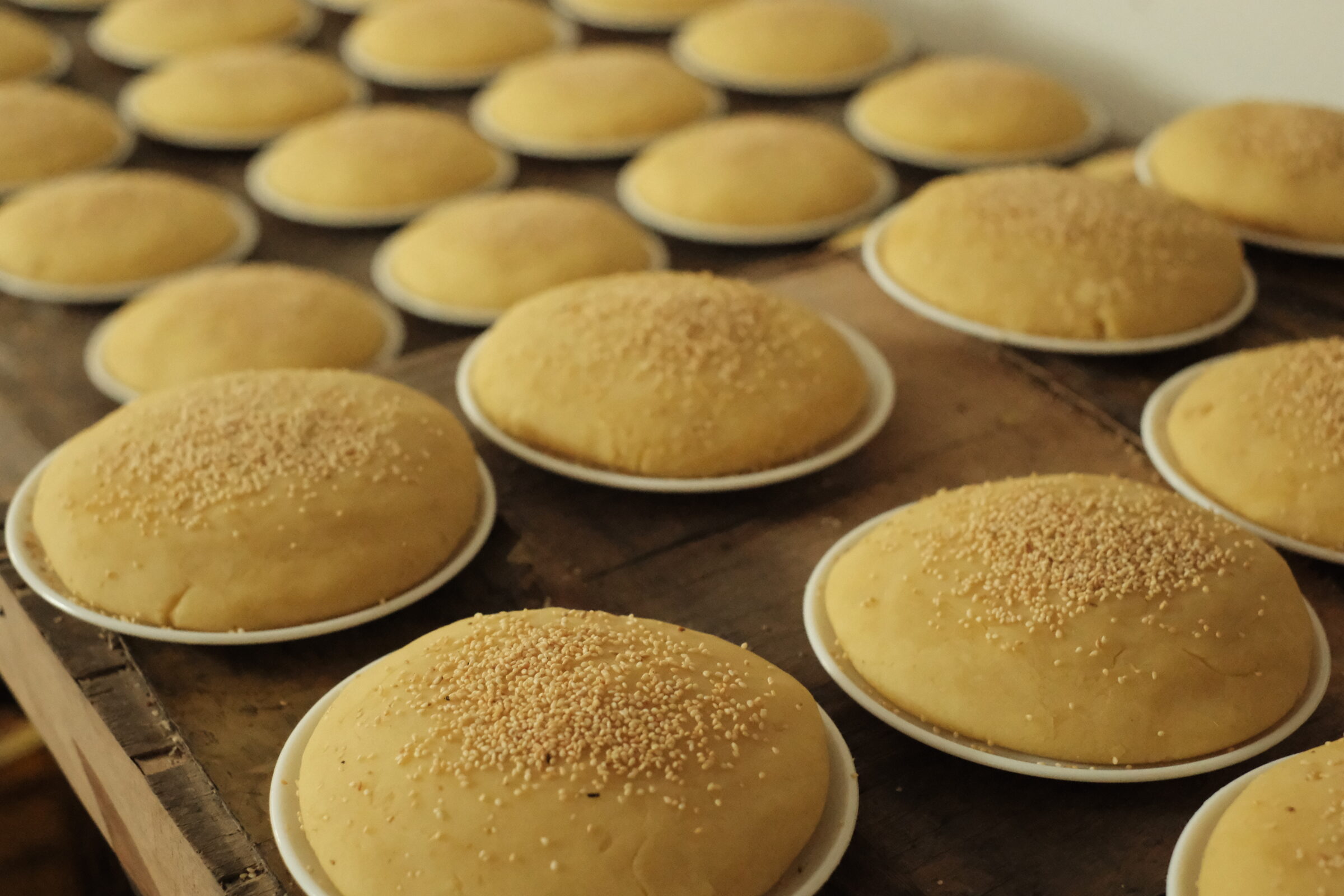
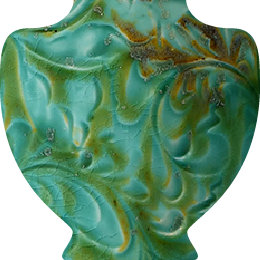
The mung beans used for this dish must be a very specific shade of green, ovaly shaped and especially round on each end. Upon selection, the beans will then be peeled and left to soak overnight. Once dried, they will be briefly roasted with salt for a stronger taste, then pounded into fine powder. After that, the powder is passed through a sieve so it would stay minced before being mixed with water and sugar and cooked for two hours straight in a special stove unique to Bát Tràng, which is based off of the famous Hoàng Cầm Stove from the wartime. This process ensures that the pudding is cooked at a specifically high temperature and well-done on the side. It should be duly noted that this procedure is to be carried out with cautions as although the stirring does not require much effort, the splatters are very much boiling hot. For this reason, the makers of this dish can usually be seen well-equipped with rain coats and face shield masks.
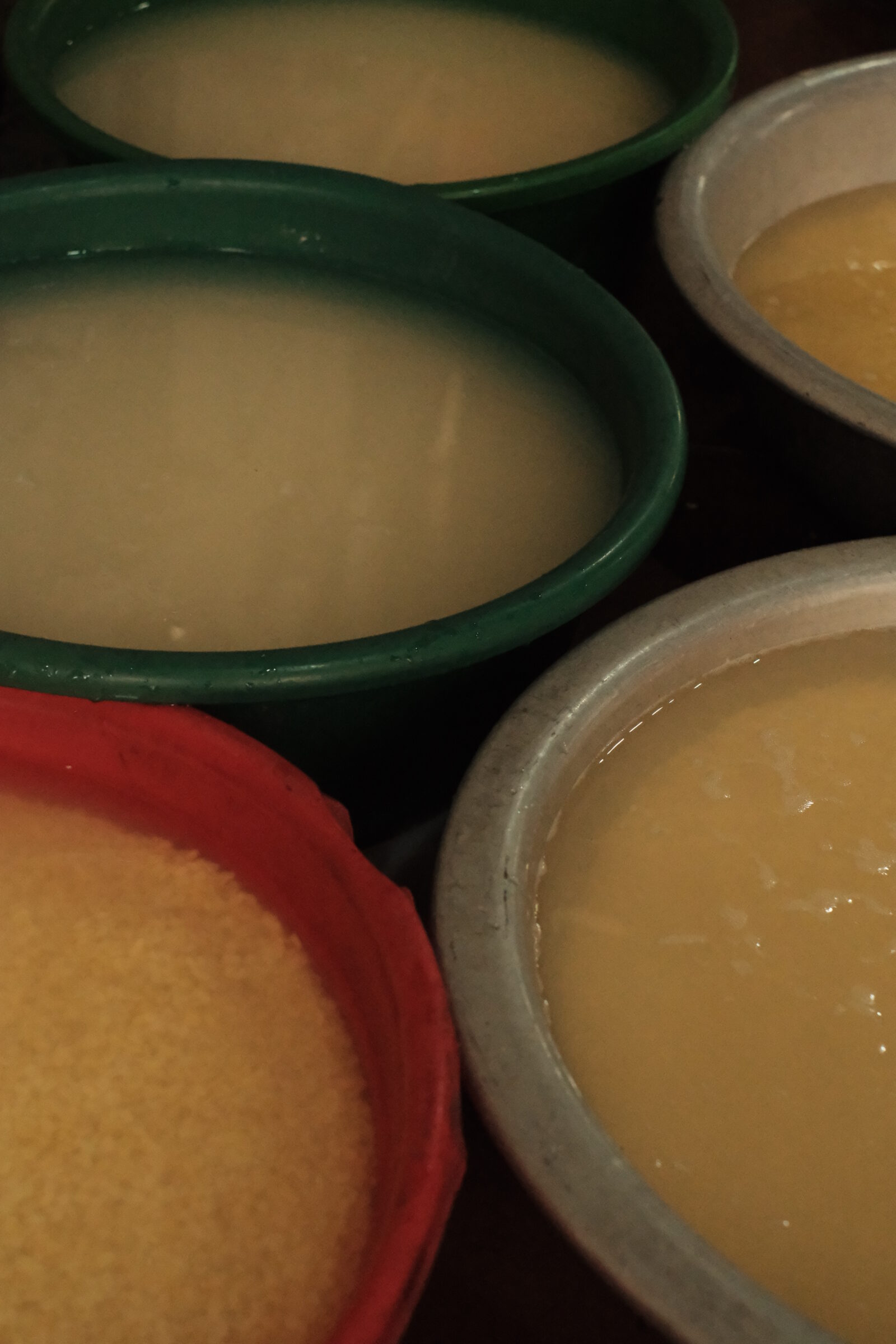
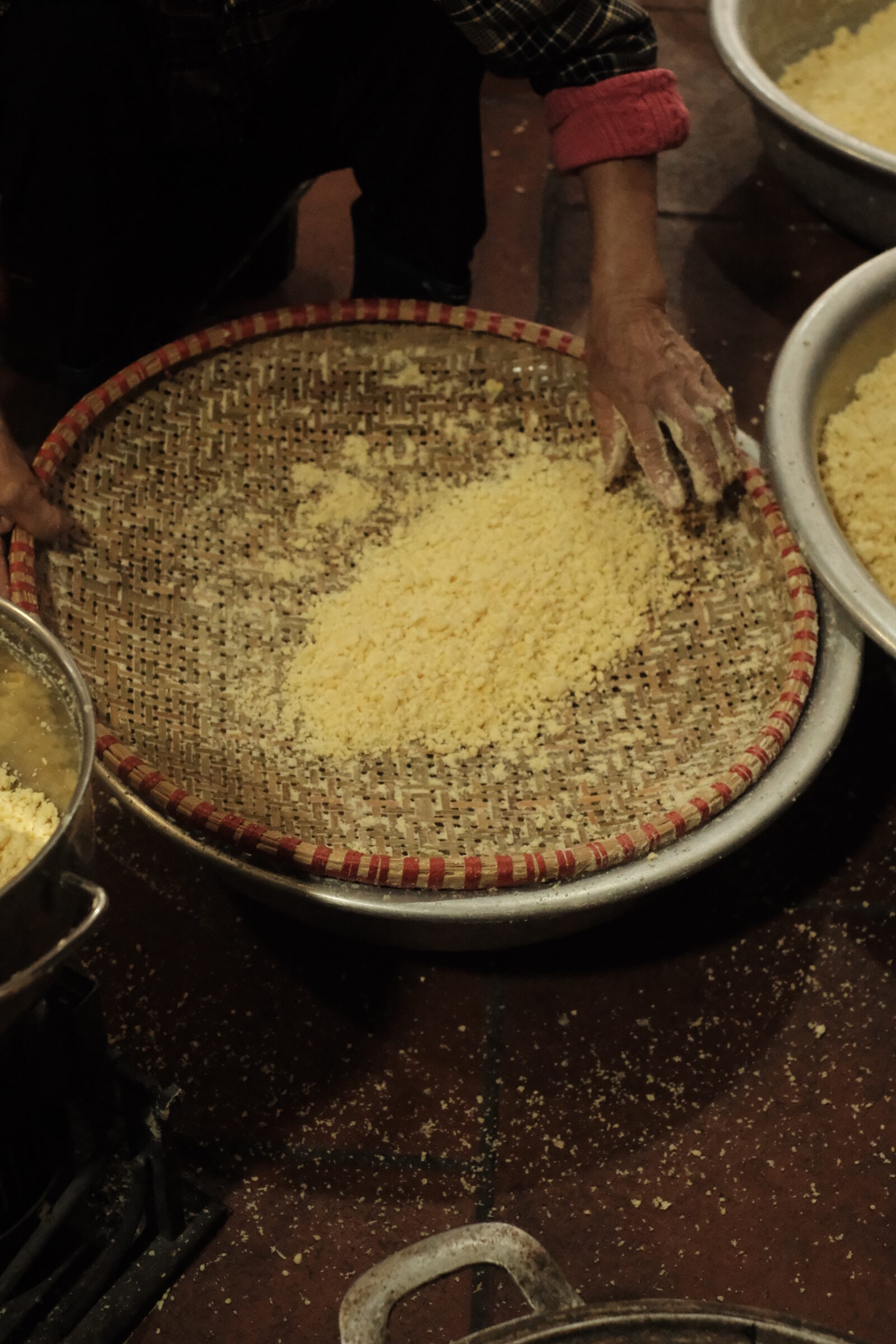

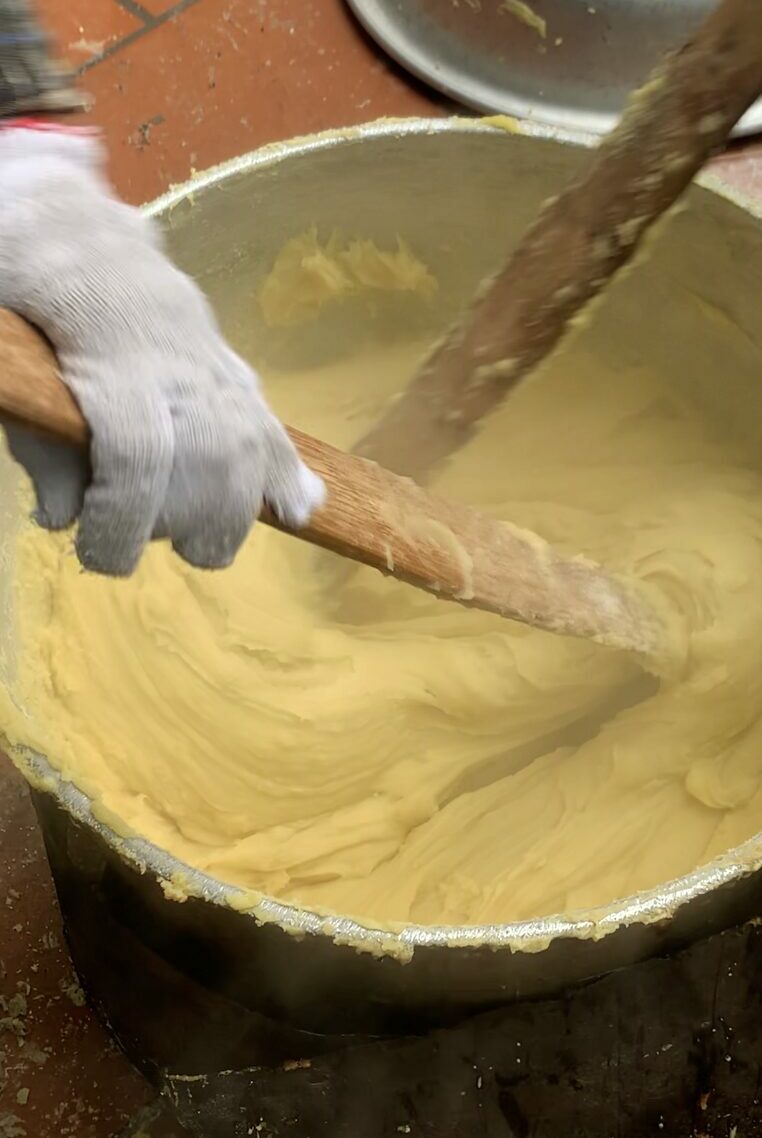

When the mixture thickens to a certain level, two cooks must continue stirring it together in a seamless, collaborative motion for an entire hour, ensuring that their stirring handles do not touch each other. This process is essential for the concoction to reach the desired consistency.
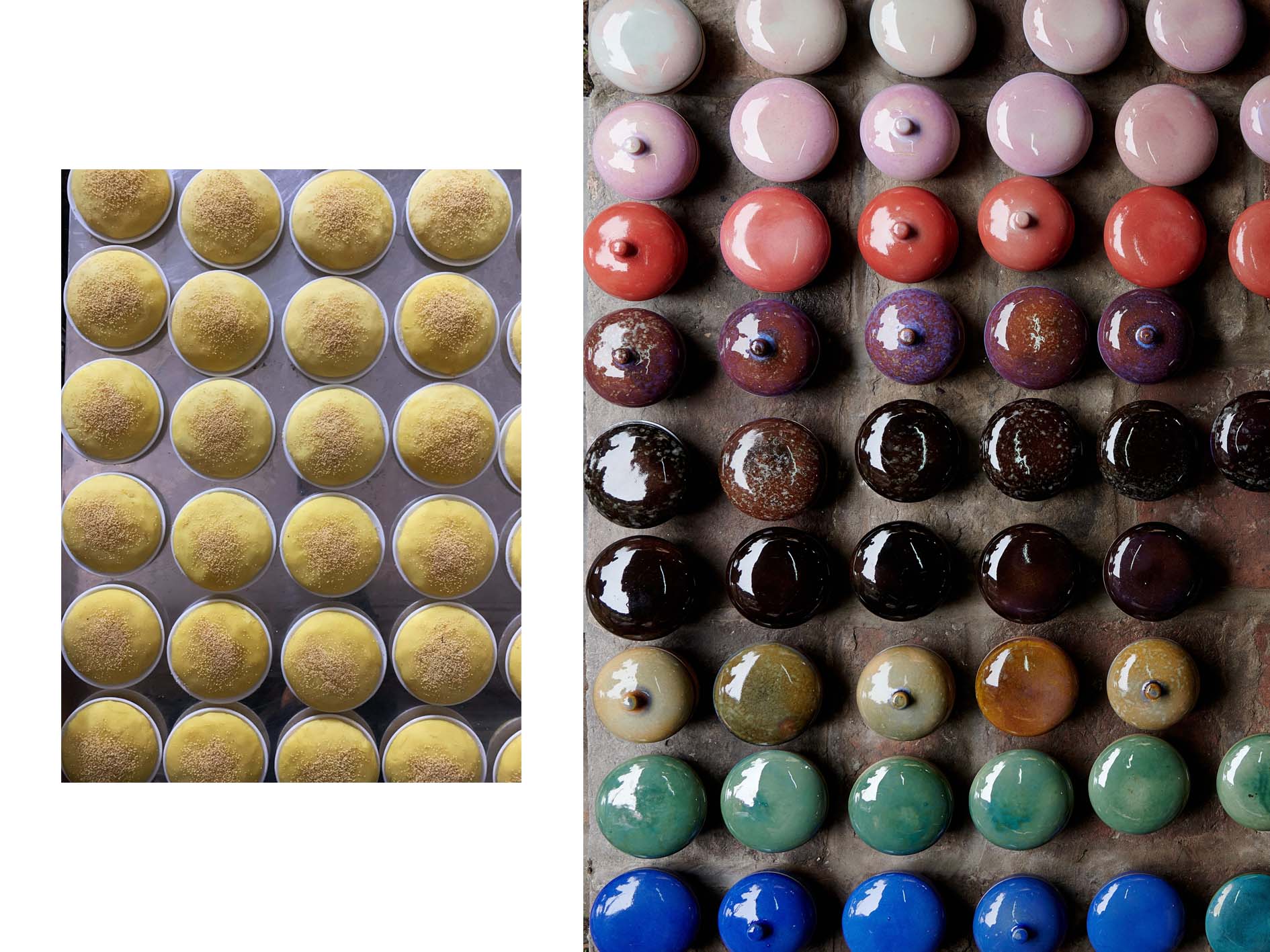
Once done, a portion of the mixture is spooned into a dish sized just right. This portion is then quickly rolled up and sprinkled with roasted sesame seeds. One notable trait of this dish is its unique glistering amber coating, which is largely thanks to the liquid lard added when the mixture thickens in the pot.
What particularly sets the Bát Tràng’s Chè Kho apart from the typical mung bean pudding is its signature supple nutty taste, which it gets from the lotus tea that was put in so the sweetness would not be too overwhelming. In serving, Chè Kho is cut into triangular pieces and is most suited to enjoy with plain tea.
As I savour this dessert, I cannot help but wonder to myself: why would the people here not employ modern machinery to make this dish and save themselves so much time? Perhaps it is simply because these tools can never replace nor replicate the acute observation of men and their masterful handling of the stirring and heating processes. It would not be farfetch to say that just as the ceramics of the pottery village which was skillfully breathed life to, Chè Kho perseveres through the test of time, its soul preserved by people of Bát Tràng.
*

